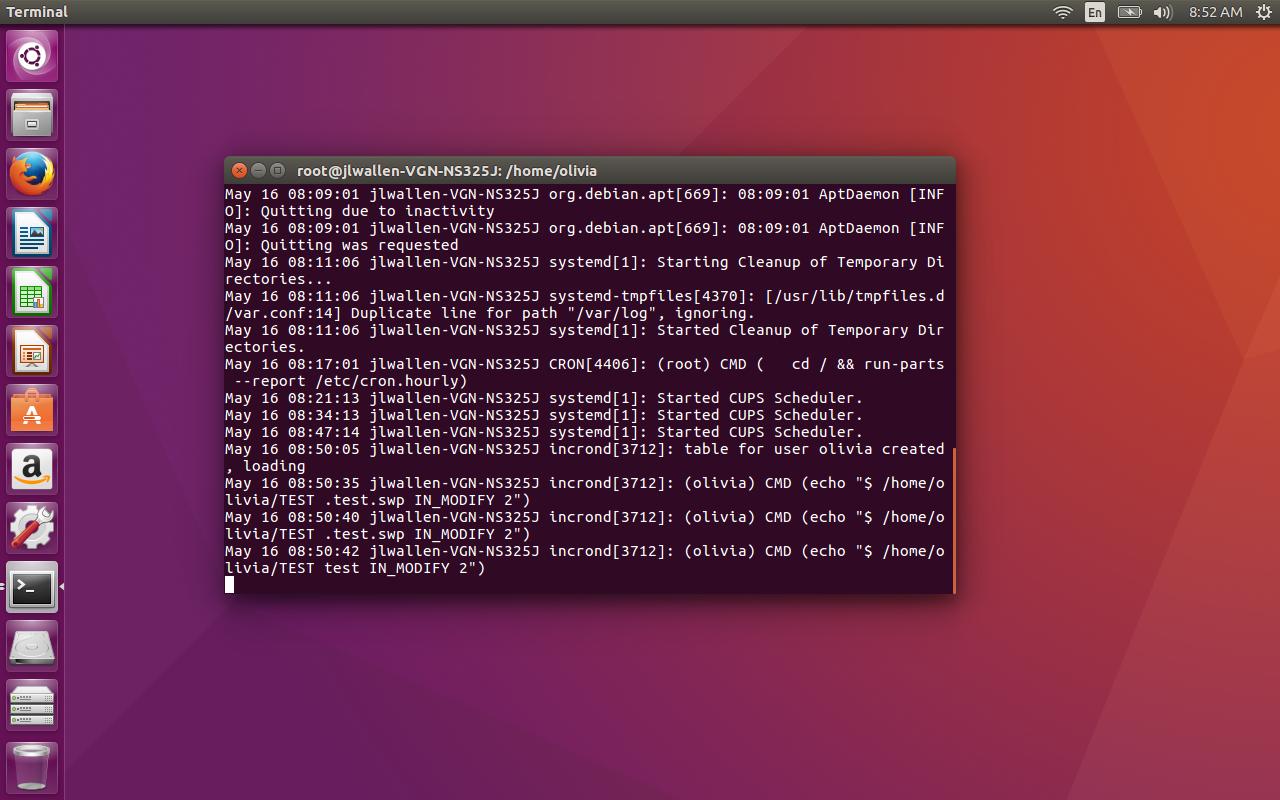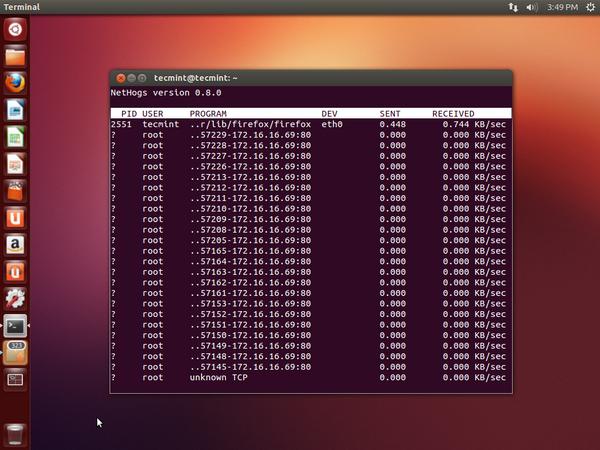

You can either enter the credential details like user name, password, the command prompt or select the required credential from the Credential Manager list. You can create a new host by entering a new hostname / IP address and login credentials of the host.If it is in the Remote Server, either select the Host Name from the dropdown or create a new host, and then provide the file / directory's absolute path.If it is in the Local Server, provide the absolute path to the file / directory.

Specify whether the File / Directory to be monitored is in the Local or Remote Server.Select whether it is a File or Directory monitor.Provide a Display Name for the monitor.From the New Monitor link, select File / Directory Monitor.To create a file / directory monitor, follow the steps given below: Using the REST API to add a new File/Directory monitor: Click here Configuring RCA Message for File Monitor.Need help with system administration? We can help you with managed services. Together with the -l option, you can use it to count the number of inodes in a directory. The wc command is used to count the number of characters, words, lines and bytes of files. dev/sda1 524209 1% /boot Check the number of inodes in a directory using the wc command df -i /dev/sda1įilesystem Inodes IUsed IFree IUse% Mounted on So, you can use it, together with the -i option, to control inode usage in filesystems. The df command is used to display information related to a filesystem’s total and available space. 18 root root 4096 Jun 6 12:33 /var/log Check inode usage within a filesystem using the df command For doing so, you need to add a few more options. You can also use the ls command and the -i option to get a directory’s inode number. ~]$ ls -i /var/log/lastlogġ7381397 /var/log/lastlog Check a directory’s inode number using the ls command This command lists files and directories within the filesystem. You can also use the ls command, together with the -i option, to get a file’s inode number. When executing the command, you will get the following information: File: /var/log/lastlog So, you can use it to check the inode number of a file. The stat command gives information about the file and filesystem. Helpful commands Check a file’s inode number Using the stat command So, it is recommended to keep inode usage low by deleting: Some of the issues users may encounter when the server runs out of inodes are: Creating ext3 filesystems with smaller block sizes.Īn excessive inode usage can lead to issues when creating new files and directories.Creating lots of directories, symbolic links and small files.If you have ever got the following error message when trying to create a new file on a server - even though you know there is plenty of space still available -, you might have reached the inode limit of your system: No space left on deviceĪlthough it is unusual to run out of inodes before running out of actual disk space, it is not impossible. So, it is important to regularly check inode usage to guarantee it adjusts to the configured limits. The total number of inodes in a filesystem is defined when it is created and it cannot be changed dynamically. Let’s see why it is important to know the number of inodes in a filesystem. You can check the number of inodes in a filesystem using the df command with the -i option. The general ratio of inodes is 1:16 KB of system capacity. But the figure you should care about is the number of inodes in your system. The theoretical total number of inodes in a system is approximately 4.3 billion. However, when moving a file, the inode number will only change if the file is moved to a different filesystem. Therefore, when creating or copying a file, Linux assigns a different inode number to the new file. Inode number: creating, copying and modifying filesĪs explained above, each inode is identified by an inode number. Because the filesystem ID and each inode number are combined to create unique identification labels. However, the same inode number can be used in different filesystems. “Inode” is the abbreviation for “index node”.Īll inodes within the same filesystem are unique.

These unique identifiers store metadata about each file and directory. So, every file and directory in a filesystem is allocated an inode, which is identified by an integer known as “inode number”. 3.4 Check the number of inodes in a directory using the wc command What is an inode?Īn inode is a data structure that keeps track of all the files and directories within a Linux or UNIX-based filesystem.


 0 kommentar(er)
0 kommentar(er)
